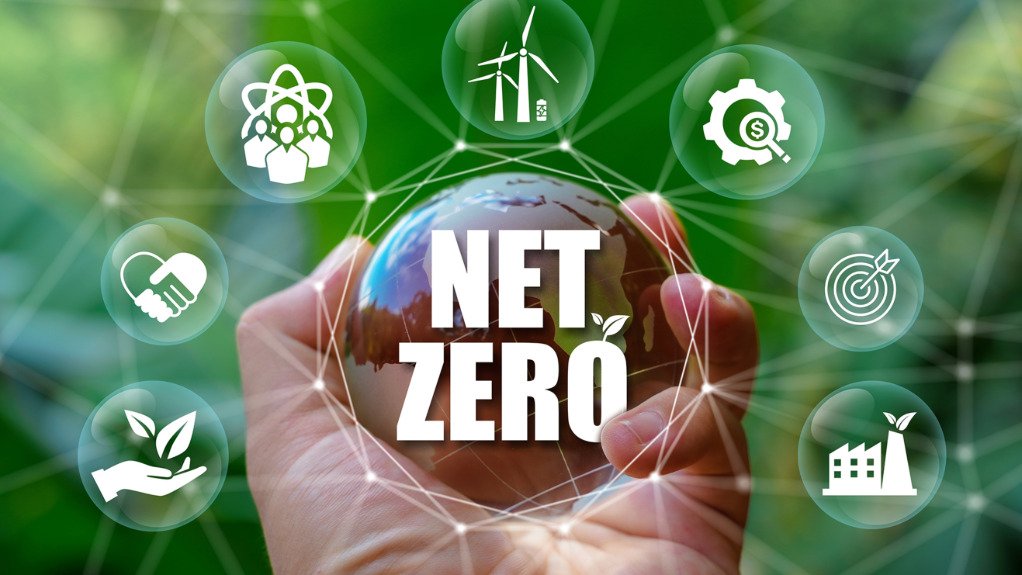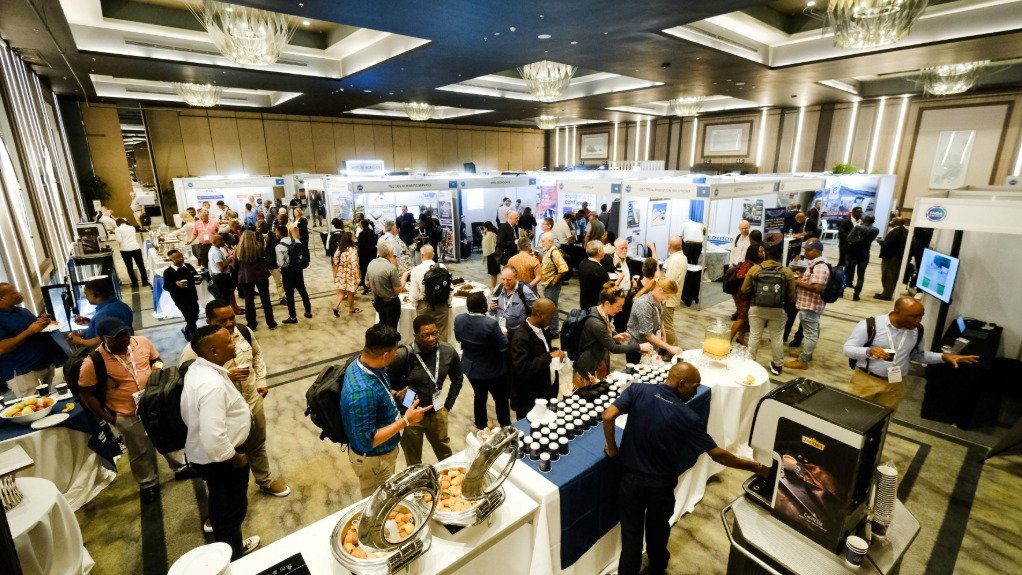As the world moves toward a greener economy involving an increased uptake of critical minerals, the need to successfully locate and extract these minerals comes to the fore. Consequently, increased exploration activities and more efficient and accurate technologies will be a key talking point at this year’s Southern African Geophysical Association (SAGA) Conference & Exhibition.
The event, themed ‘Collaborative Geoscience for Critical Supply’, is the eighteenth biennial SAGA Conference and will take place at the Windhoek International Convention Centre, in Namibia, from October 1 to 4.
“With a steady increase in attendance, sponsorships and exhibitors over the years, we are anticipating about 250 delegates for the 2024 conference,” says SAGA 2024 registrar Kathy Knott.
She adds that the SAGA Conference’s niche target market sees great return on investment and offers meaningful engagements and connections to its attendees.
Further, this year’s event will see about 30 keynote addresses as well as over 100 presentations, including 90 oral presentations and about 16 poster presentations.
Mineral-Rich Region
Conference chairperson Reece van Buren points out that Southern Africa possesses a significant endowment of minerals which are critical to various industries’ efforts to reduce or reverse negative environmental impacts.
“Countries across the region must intensify exploration for, and exploitation of, critical minerals as the world moves towards a lower carbon economy,” he stresses.
Van Buren adds that, to effectively counter the decline in coal supply and consumption, there is a need to significantly increase exploration efforts for the energy minerals essential for emerging green technologies.
“Increasingly, the economically marginal exploitation of the significant platinum-group elements endowment within the region is strongly dependent upon the innovation and industrial uptake of various hydrogen technologies,” he says.
Further, intergovernmental organisation International Energy Agency calculates that mineral demand for electric vehicles and battery storage will rise fiftyfold by 2050, while the expansion of electricity networks will lead to a doubling in demand for copper over the same period.
Lithium will see the fastest growth among the key minerals, with demand expected to increase over 100 times its current level through to 2050, while cobalt, nickel and graphite will also see rapid demand growth.
Copper demand registers the largest absolute growth, rising by about 14-million tonnes by 2050, expanding the size of the global copper market by 60% in the period.
US thinktank Centre for Strategic & International Studies estimates that Africa holds 85% of manganese reserves, 80% of all platinum and chromium reserves, 47% of cobalt reserves and 21% of graphite reserves.
“They also estimate that Africa will account for 26% of the world’s production of hard-rock lithium by 2030,” he states.
However, challenges – such as infrastructure development, low investment, and socioeconomic conditions – will need to be addressed to fully realise this this potential. To that end, in 2022,
South Africa’s then Department of Mineral Resources and Energy published the Exploration Implementation Plan for South Africa’s mining industry.
Regrettably, Van Buren says little progress has been made in the past two years, with red tape, regulatory uncertainty and a lack of access to financing cited as the biggest obstacles delaying progress. He adds that “South Africa’s share of global exploration activity stood at 5% in 2003 but has declined to below 1%”.
Talking the Talk
Geophysical services provider Southernrock Geophysics SA GM Jeremy Barrett – a keynote speaker at the event –
will present key findings from his career in the Andean belt of South America where he was “exploring for copper at ever-increasing depths of cover and in ever more adverse settings,” says Van Buren.
Meanwhile, Canadian geophysics firm Woods Geophysical Consulting president Dennis Woods will address the technology aspect. Van Buren notes that the search for economically and environmentally extractible critical mineral deposits will require new and innovative geophysical technology. Key to these advanced technologies, particularly for nickel, cobalt and copper, is electromagnetics and especially transient electromagnetics (TEM), which Woods will discuss at the conference.Adding to these insights will be airborne electromagnetic geophysical surveying developer SkyTEM Surveys senior project manager Dr Per Gisseloe, who will provide first impressions on a fully airborne drone TEM system that provides high sensitivity readings that help map near-surface resistivity structures.
“There has never been a more pressing time to work together to propel the industry forward, especially by integrating specialist knowledge from a variety of disciplines, which [creates] intersections where innovation occurs,” concludes Van Buren.
Edited by: Donna Slater
Features Deputy Editor and Chief Photographer
EMAIL THIS ARTICLE SAVE THIS ARTICLE
ARTICLE ENQUIRY
To subscribe email subscriptions@creamermedia.co.za or click here
To advertise email advertising@creamermedia.co.za or click here















